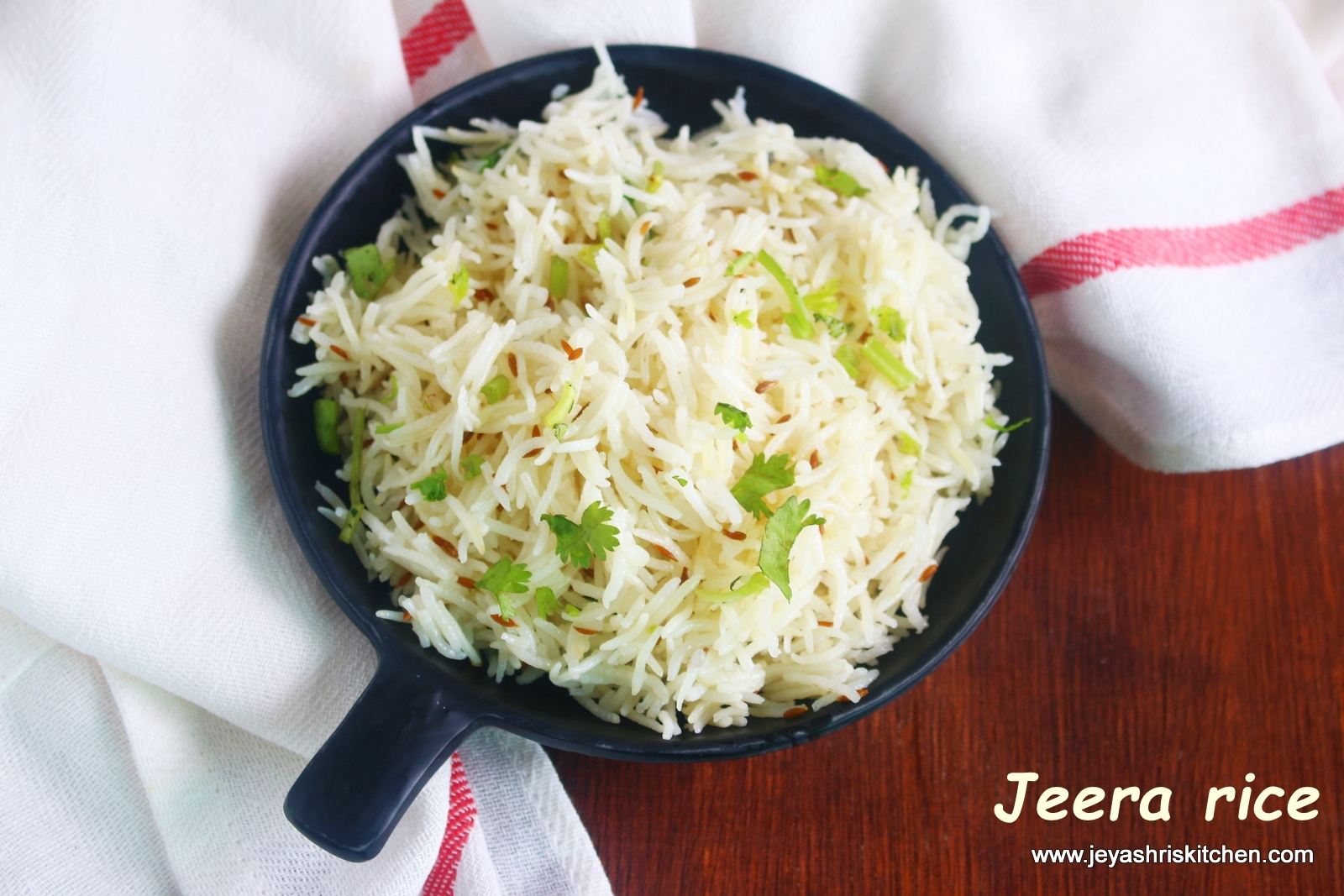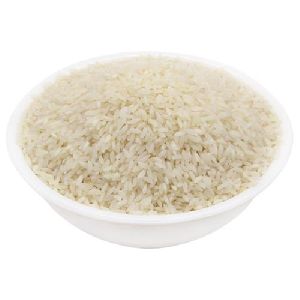
Some babies might have trouble digesting it compared to white rice, so it’s recommended for older babies (8 months and above). Red rice takes longer to cook than other varieties of rice and will need pressure cooking and is a good choice for kanji or khichdi. It is also a good source of calcium, magnesium, selenium and zinc. Red rice is rich in iron and antioxidants that reduce inflammation and allergies. This is also called Kerala red rice in some places and the grain has a distinct reddish brown color.

Most dishes that use white rice can also be made with brown rice, although the taste isn’t as neutral as white rice. Brown rice takes longer to cook, but tends to keep babies fuller for longer. It is also rich in essential vitamins B1, B3 and B6, along with trace elements like magnesium, selenium and manganese. Brown Riceīrown rice is the unpolished version of white rice, and has about 67% more nutrients, fiber and fatty acids than polished white rice. Parboiled rice also has better fiber and makes a good choice for khichdi, pongal and curd rice. This ensures that the rice retains its nutrients like calcium, potassium and vitamin B6 better than regular white rice. It is regular rice that goes through a process of heating just before the hull is removed.

Par boiled White RiceĬontrary to what some people believe, parboiled rice isn’t precooked rice. This rice is versatile and can be mixed with purees of practically anything – fruit, vegetables, dal, chicken or fish. This is the most common kind of rice these days, which is actually something our elders are unfamiliar with! This is the easiest rice to prepare, and often the first rice introduced to babies due to its easy digestibility. Common Rice Varieties available in India Raw White Rice Here is a brief look at some of the common varieties of rice available in India. Follow the same pattern, and once your baby is used to the rice of the family you can introduce her to other varieties of rice. Our family uses Ponni boiled rice at home and I went ahead with the same to make this rice soup when it was time to introduce my daughter to solids.

Some studies suggest that your baby develops taste preferences while in-utero, which means she may already be used to the taste of the rice you eat! Besides, most of our traditional diets are in keeping with our body constitutions and the weather of the place we live in, so your regular rice will be what suits your baby best. So what is a worried Mom supposed to do? The easy answer is this – feed your baby whatever rice your family is having.


 0 kommentar(er)
0 kommentar(er)
